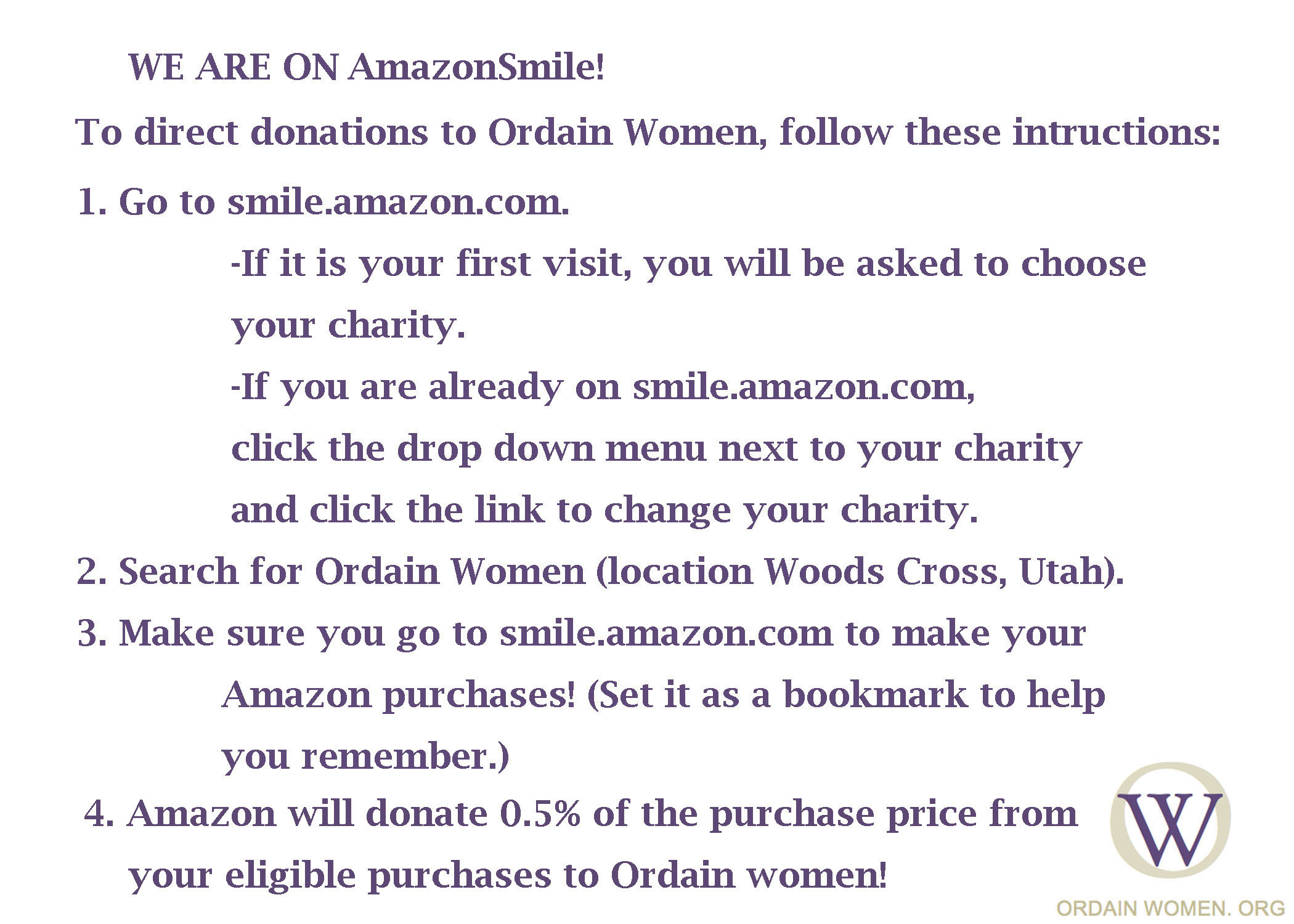Remembering Sept 11: Do More Than Pray
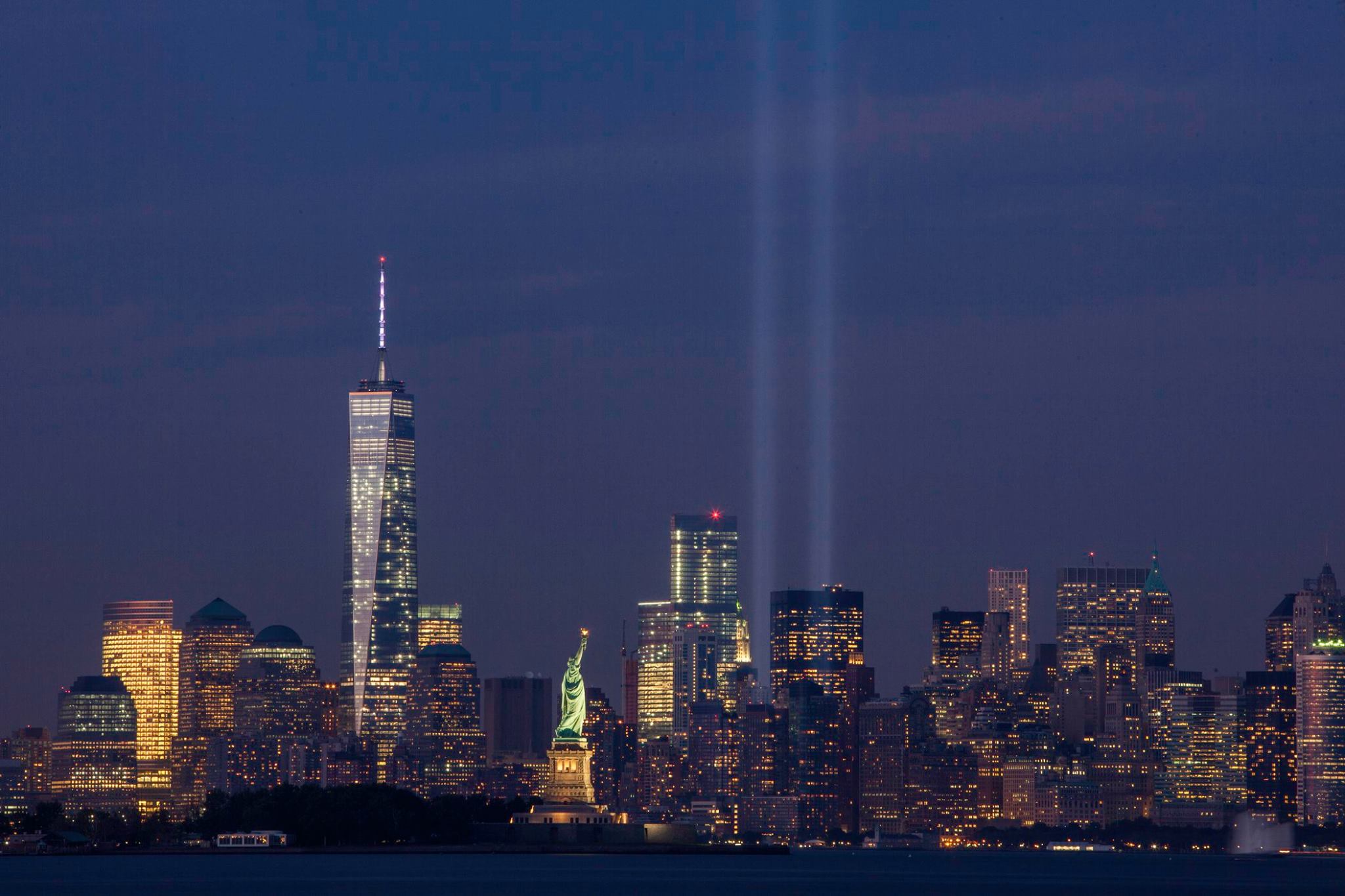
We mourn the lives lost on September 11th, 2001 and the lives since taken in violent response to hatred. As Mormons worshiping around the globe, we stand as witnesses against all forms of racism, intolerance, discrimination, and brutality and affirm our commitment to putting our faith in action to resist such evils. We invite all to join us in heeding minister Edith Guffey’s wisdom that “This time, we can do more than pray,” delivered on the 10th anniversary of 9/11:
“On September 11, 2001, in the face of the attacks and the incredible loss of lives, all we could do was pray. As we approach the 10th Anniversary of September 11th, I hope we pray for all who feel the loss of precious family members and friends – but we can do more this time. We can speak up when we hear comments or witness acts of aggression or insult based on racial and/or religious differences. We can be proactive in teaching acceptance of all of God’s children and refuse to act out of fear and ignorance.”
May we take the opportunity on this sobering anniversary to do more this time to bear witness of Christ’s love, service, and example in all that we do.”
You can read Edith Guffey’s full sermon by following this link.
Supporting the Action from Afar
A question that comes up again and again around action time is, “What can I do to support the action if I can’t be there in person?”
If you aren’t able to join us in person on October 1st, there are so many other ways you can pledge your support and participate in vital aspects of making this action successful and supporting the ongoing efforts of Ordain Women. Here are just a few ideas:
- Participate in the action by proxy. You can fill out the proxy form and your name will be carried with us during the action.
- Order an Ordain Women umbrella to be used in the action. This will then be sent to you following the action, signed by the person who carried it.
- Spread the word! Invite a friend. You can find the event page on Facebook by following this link.
- Share the event on your social media.
- Like the Ordain Women Facebook Page.
- Submit an Ordain Women profile on our website.
- Write your own letter to a General Authority about your support for women’s ordination.
- Make a donation to Ordain Women by clicking the “Donate” button in the upper righthand corner of this page.
- Update your amazon account to amazon smile and select Ordain Women as your charity! You can find instructions by following this link.
- Follow us on Twitter, Instagram, Pinterest, and Reddit.
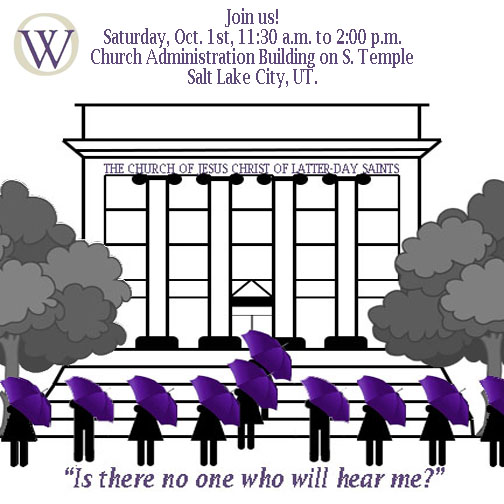
Lifting Our Voices

Ordain Women fully understands that the authority to receive revelation for The Church of Jesus Christ of Latter-day Saints rests with President Thomas S. Monson and we do not seek to usurp that authority. However, Ordain Women also recognizes that Church history has many examples of how the seeds for particular revelations were planted by individual Church members. Because of that history, we believe that it is our responsibility, as Church members, to be active participants in the revelatory process—to bring concerns to our leaders and to urge our leaders to take those concerns to the Lord in prayer.
That belief forms the basis for our upcoming action on Saturday, October 1, 2016, during which we will be collectively and individually lifting our voices as we seek to be heard by Church leaders. On that day, we will come together in City Creek Park at 11:30 a.m. to begin our action with singing and prayer. Each participant will be given a purple Ordain Women umbrella. Holding our umbrellas aloft, we will walk to the Church Administration Building at 47 East South Temple, Salt Lake City, UT 84150. On the sidewalk in front of the building, between 12 noon and 2:00 p.m., we will stand, walk, watch, and wait while Church leaders meet inside between conference sessions. One by one, we will climb the steps to the Church Administration Building to request a meeting with a general authority or general officer of the Church to raise the question of women’s ordination to the priesthood in the LDS Church.
Earlier this year I stated that “[n]o matter what path we took to come together as Ordain Women, we are unified in our hopes, desires, and beliefs that all members of the LDS Church who have a divinely inspired call or desire to serve in positions and minister in ways that require priesthood authority or power must be ordained.”
If you share those hopes, desires, and beliefs, come and join us in lifting our voices.
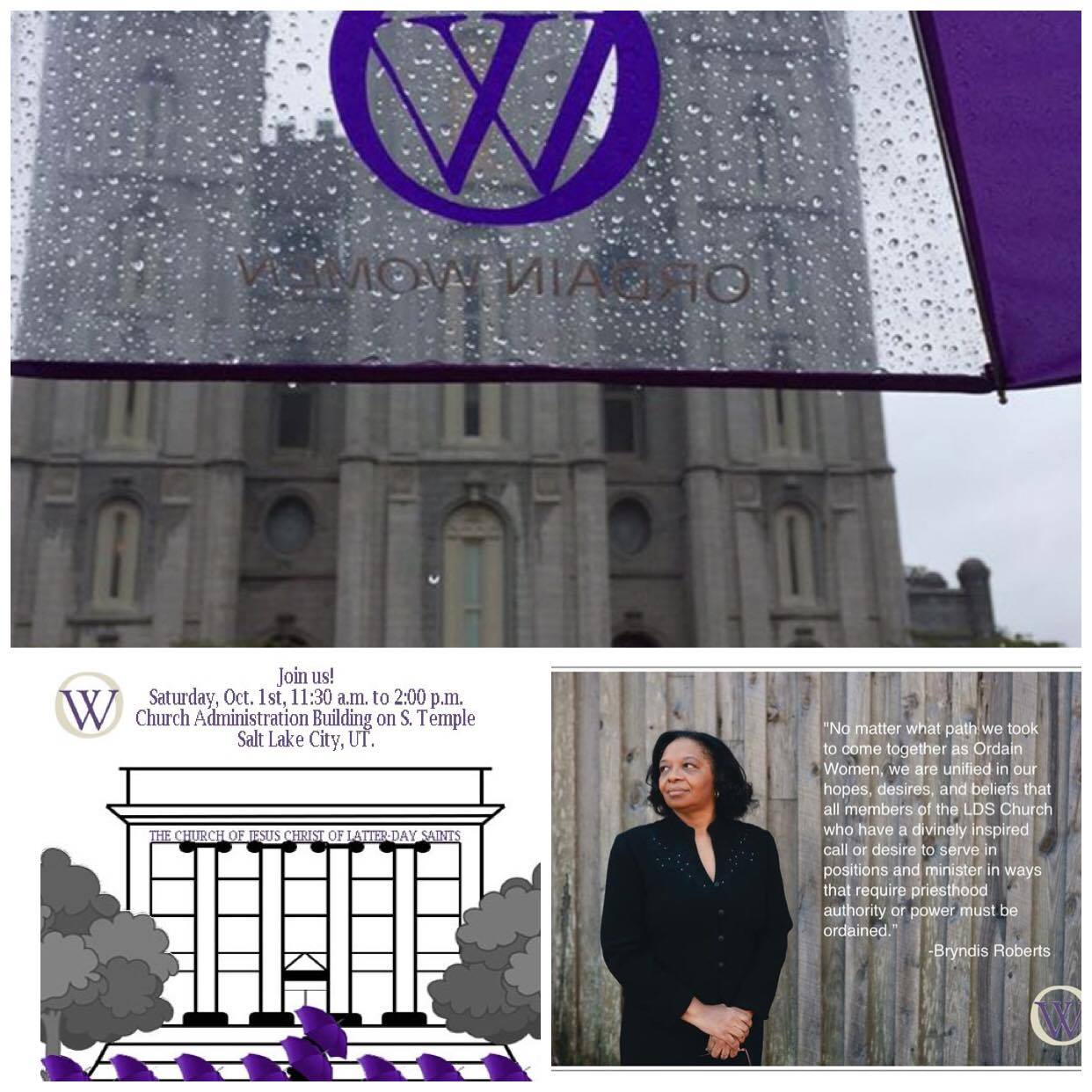
To read more about this action and how you can participate from near or far, follow this link.
To RSVP on Facebook, follow this link.
If you would like to donate funds to help us fund this action, please go to the “Donate” button in the upper right-hand area of this page.
Public Advocacy?
Continuing revelation is a fundamental part of Mormon theology and could very well account for much of its success. The Ninth Article of Faith asserts that God “will yet reveal many great and important things pertaining to the Kingdom of God.” Mormons believe that the heavens and their canon are yet open.
The recent Gospel Topics essay “Are Mormons Christian?” asserts that Mormonism is a “restored” rather than a “reformed” Christianity. Unlike other restorationist traditions that claim restoration of a pure Christianity through a strict reading of the Biblical text, Mormons are what I term revelatory restorationists—we acknowledge the text but claim a recovery of early Christianity through the revelatory process as well as an openness to continuing revelations of the spirit, both personal and institutional. As we obtain more light and knowledge, our institutions and policies should reflect that increased wisdom. Part of the present tension in Mormonism is over how revelation occurs.
Organizationally, all recognize that only the top Mormon leadership has the authority to receive revelation for the Church and make significant institution-wide changes. Many are content to leave these aspects of the decision-making process solely in the hands of the all-male hierarchy. However, others of us believe members have and continue to play an essential part in the revelatory process by asking questions and articulating a need or concern. A member of the First Presidency, Dieter F. Uchtdorf, said as much in a 2012 world-wide LDS leadership training: “If we stop asking questions, stop thinking, stop pondering, we can thwart the revelations of the spirit. Remember, it was the questions young Joseph [Smith] asked that opened the door for the restoration of all things. … How often has the Holy Spirit tried to tell us something we needed to know, but couldn’t get past the massive, iron gate of what we thought we already knew?” A good question for all believers.
No doubt inadvertently, the challenge to raise the question of women’s ordination was articulated by former Church President Gordon B. Hinckley in a 1997 interview with reporter David Ransom. When Ransom asked if the policy of denying the priesthood to women could be changed, President Hinckley responded, “Yes. But there’s no agitation for that.”
Ordain Women joins a new generation of faith-affirming Mormons who are responding to this challenge. A number of us over the years had met with our local Church leaders to discuss issues of gender equity and inclusiveness. However, they had no power to address or remedy Church-wide structural inequality. Stuck in a sort of Catch 22, most personal letters sent to the hierarchy were routinely sent back to stake or ward leaders. Other than a few letters from the Church’s public relations department, Ordain Women’s numerous requests for dialogue have been met with silence. Because Mormons without the Priesthood lack institutional authority and access to those leaders who have the responsibility to receive revelation on behalf of the Church, public advocacy is one of the few options open to those of us who actively seek greater inclusiveness in the LDS Church, including the ordination of women.
Why does a religion, whose theology appears so hospitable to change, often seem hostile to it? Part of the problem is maintaining the integrity of the prophetic voice. If what a past LDS Church leader said can be overturned by subsequent leaders, as has happened numerous times, Mormonism must grapple with the tension between continuity and relevance for each generation, between responsiveness to changing attitudes that could mean greater inclusiveness—particularly for women and other marginalized members—and the appearance of bending to social pressure. As I see it, such a tension easily—and quite charitably– could be deflected by a simple institutional response, “We invite and listen to the questions, concerns, and needs of our members, and take them to God in prayer.”
Ordain Women’s upcoming action in October is an effort to be heard. On Saturday, October 1, 2016, from 11:30 AM to 2:00 PM, we invite all who share our hope for a more inclusive church to stand with us—in person, if possible, by proxy, if not—in front of the Church Administration Building, 47 East South Temple, Salt Lake City, UT, where, lined along the sidewalk, we will each hold purple Ordain Women umbrellas, while church officials meet inside between conference sessions, and, one by one, we will request a meeting with a general authority or general officer of the Church. “This action,” explains OW Board Chair Bryndis Roberts, “will be an opportunity to gather in person … [to demonstrate] our commitment to the cause of equality.”

Author’s note: Substantial sections of this blog post were taken from material I authored for the OW website as well as an article I wrote for the Washington Post.
Picking a Bishop
When I was fifteen, the bishop of our ward was called into the stake presidency sparking instant speculation on who would be the next bishop. When asked to come up with my speculation, it occurred to me that the process was relatively simple. I made a mental list of the 50 or so active men in our ward. I subtracted everyone who had been in the bishopric, high council, or stake presidency already (9). I subtracted all the men who had been divorced (5). I subtracted the men who were probably going to be divorced (6). I subtracted the man who openly claimed he should be the prophet. I subtracted the men without children (4). I subtracted my father because he didn’t serve a mission. I subtracted all the men of color (2). I subtracted the unemployed men (3). I subtracted all the men who rented or whose houses were on the wrong side of the tracks (16). BINGO. I had my short list of 3 candidates for bishop. Two of the men I picked were called into the bishopric. (I hadn’t realized the other man had found a job.)
A decade later, I was newly married in a very different ward with very different demographics. There were very few active, successful, married men. The bishop was moving out of the ward. Everyone wondered, “But who is there to call?” During one of these discussions, I naively suggested that they call one of the older single men. There were many who were in their 30s or 40s and who were responsible, established in their careers and true disciples of Christ. My fellow church-goers looked at me as if I had just stripped naked, throwing purple confetti, started clog dancing while singing “The Good Ship Lollipop.” Of course not! A single, childless man could never be a good bishop! Some people might defend this selection process because only the best can be bishop. But the truth is that this extends to other callings.
In my single days, I heard a ward leader complain that they couldn’t staff the ward. I immediately brought up that none of the sisters I visit-taught had callings and felt excluded. I suggested that he try asking them. His response was, “But no, there really isn’t anyone.” The sisters I visit taught were active in the church, worthy recommend holders, successful professionally, talented, and well-versed in gospel topics. They all were desperate to serve. One was a woman of color, one was socially awkward, and one had a noticeable disability. Like me so many years ago, this leader could take a ward list of over a hundred people and pare it down to nearly nobody.
I joined Ordain Women because a Christ-centered church should not be paring their long, long membership lists down to “nobody to serve.” If only the leadership would see women and their potential, those short lists would double. But what if leadership also saw disabled persons, people of color, all socioeconomic backgrounds, all marital statuses, all gender identities, all sexual orientations, different families built different ways, and any others who we cross off our lists? Instead of fretting and worrying that there is no one to serve, we would discover God’s army.
One of the missions of the church is to “perfect the saints.” Perfecting the saints can be accomplished by reasonable behavioral improvements. But it can also be accomplished if we have that mighty change in our hearts which transforms how we view all of God’s children. If we looked through Christ’s eyes we might see capability, wholeness, talents, and faith. If we looked through Christ’s eyes we would see the perfection in others even before they made any improvements. If we looked through Christ’s eyes, we might not cross so many off our lists.
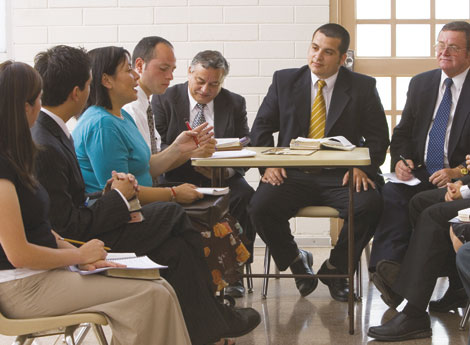
When Women Seek More Power in Religion
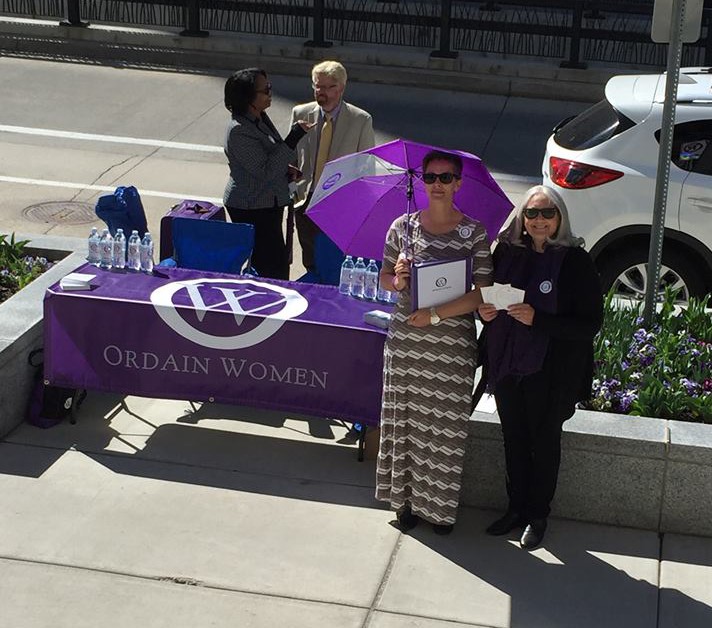
It is a universal truth that women who ask for power in their religious communities are distrusted and demonized. I have seen it in my studies of Muslim, Catholic, and Jewish women seeking greater access to sacred spaces. I have lived it in my work with Ordain Women and efforts to bring gender equality to the Mormonism I love. We must see each other for who we are: people of faith who desire to serve our community. I am grateful for the words of our Catholic friends who are also working for equality in their faith.
“There is a demonization, sometimes subtle, sometimes not so subtle, of women who want the same power afforded to men in the institutional church. That sort of shaming and blaming must stop. The only purpose it serves is to divide and conquer Catholics who want to see women treated with genuine justice and equality in the church.
We must insist that there is no shame in a woman’s desire for equal power in her church. According to the Oxford Dictionary, “power” means “the ability or capacity to do something or act in a particular way,” or “the capacity or ability to direct or influence the behavior of others or the course of events.” Where is the sin in a woman’s wanting to function in this way within her church?”
Follow this link to read more from this article at National Catholic Reporter.
The Temptation of a Separate Female Priesthood
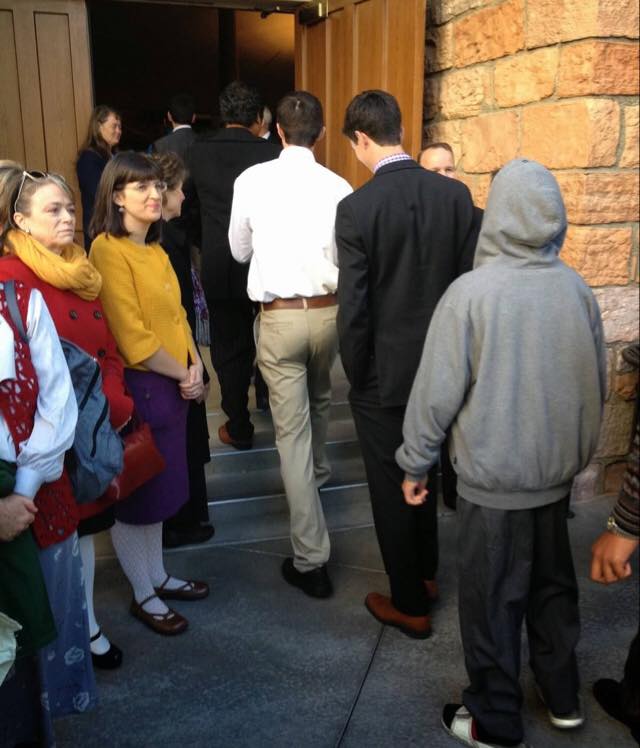
As an attorney, my job involves negotiation. I have learned that people will often focus on issues that have a great deal of emotional weight at the moment, but make little real difference. I am always happy to concede such issues in order to reach a settlement. When I hear people talk about creating a female priesthood within the LDS Church, I worry that this might be a concession by the brethren that would make some feel good in the moment, but which would do nothing to truly advance gender equality in the church.
Priesthood is the governing authority within the church. While there are a handful of leadership positions for women beyond their local wards, all women are subject to male priesthood authority at all times, while all significant decision-making authority within the church is kept in the hands of male priesthood leaders. Ultimate authority rests with the First Presidency and the Quorum of Twelve Apostles, all fifteen of whom are men under the current policy of an all male priesthood.
Because the church’s governing authority is priesthood authority, the creation of a separate female priesthood, would not have any impact on church governance. Women would still be excluded from the authority to make significant decisions in the church. While a title like “Priestess” might be psychologically pleasing, if it does not place women in the highest governing bodies of the church, it is hollow and ultimately meaningless with regard establishing gender equality.
Many will argue that decision-making authority does not matter. They will say that God makes all of the decisions, and regardless of who occupies a position in the church, a decision will only be made when and how God wants it to be made. Therefore they argue that our long history of an all white, all male top leadership should not be criticized. This view is not historically supportable, nor is it doctrinally sound. For well over a century, men of African descent were excluded from priesthood, and thus they were excluded from any leadership roles in the church. The lack of black voices in top leadership lead the church down a very dark path. Overtly racist policies and statements abound in our LDS history as a result. In recent years, the First Presidency and the Quorum of the Twelve Apostles approved this language in an official essay on Race and the Priesthood.
Even today, we see a total lack on diversity in the top leadership of the church. By failing to include LGBTQ+ members in top leadership positions, the church has found itself making major policy missteps, most notably, the November 5, 2015 policy, which punishes the innocent children of queer members. This and other policy mistakes have resulted in a great deal of needless suffering, and a high suicide rate among LGBTQ+ youth in the church.
We cannot say that every decision in the church is made directly by God, and still acknowledge the racist, sexist, and homophobic mistakes of the past. We have to acknowledge that equality and inclusion in the church matter. The church today sends the message to women that they are second-class. It tells women that they are not as capable as men, when it comes to leadership and making important decisions. These messages are toxic to half of God’s children. We must rectify this situation. The solution is not a separate female priesthood. The way to create a church that is free of sexism and able to fully support female spirituality is to include women fully in the priesthood, at all levels of church governance, and in numbers equal to men.
Ready for Revelation
Mark Barnes, the author of this post, is on Ordain Women’s Executive Board.
We Believe in Equality
One of the strengths of Ordain Women is that each one of us has taken a different path to reach the point where we have come together.
- Some of us reached this point as we watched the differences in the way our sons and daughters were taught, trained, and treated in the LDS Church and saw the adverse effects those differences were having on our sons and daughters.
- Some of us reached this point as we saw work being left undone because there were not enough priesthood holders to do the work while at the same time the talents, gifts, skills, and abilities of so many stalwart women were being left untapped.
- Others reached this point because their service in Relief Society served to awaken them to the realization that not only is Relief Society no longer the organization of yesteryear when it had its own budget and managed its own affairs, but the promises of priesthood authority for women made by Joseph Smith have not been allowed to come to fruition.
However, no matter what path we took to come together as Ordain Women, we are unified in our hopes, desires, and beliefs that all members of the LDS Church who have a divinely inspired call or desire to serve in positions and minister in ways that require priesthood authority or power must be ordained.
We draw strength from the fact that we are not alone and that many of our siblings in other faiths are advocating for the same goal in their particular faiths. We celebrate with them in their victories and triumphs and we mourn with them in their setbacks and defeats. We respect their decisions to leave their faith traditions and to forge new paths. We join with them in proclaiming that a change will come.
The work we do is not a matter of seeking personal recognition or power. Instead, it is a recognition that no organization or group, whether it is religious, political, charitable, etc., can reach its full potential when more than half of its members are denied the opportunity to be full and equal partners. It is a recognition that decisions made and actions taken without the full participation of over half of the members will, in many instances, not be the wisest and best decisions and actions.
There are many pressing questions and problems in the LDS Church. WE BELIEVE THAT EQUALITY IN FAITH IS THE ANSWER.
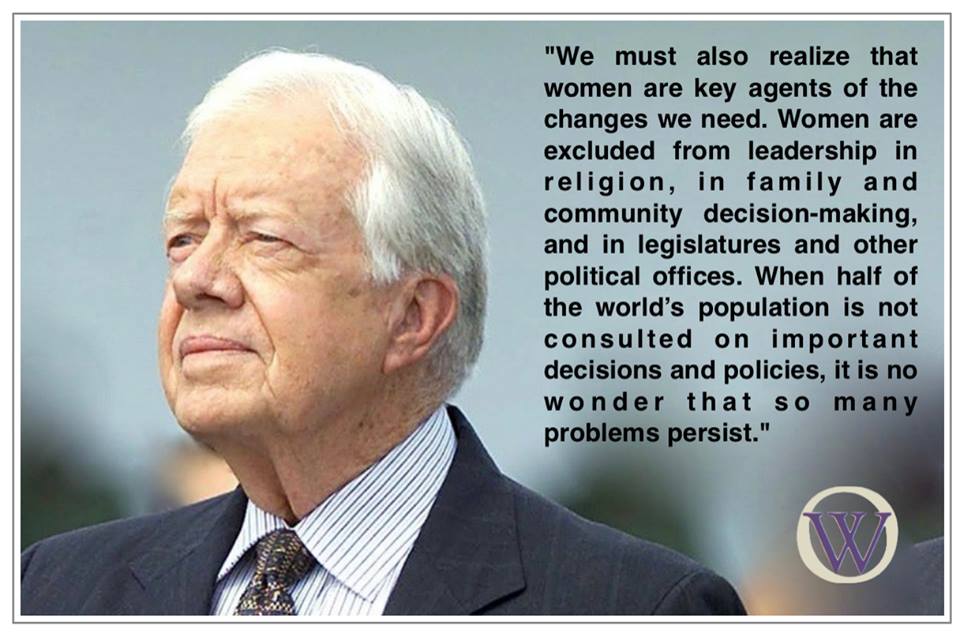
Power
We often treat power as if it were in short supply–as something to be hoarded rather than shared. We see the result heartbreakingly played out over and over in the form of political, judicial, economic, racial and gender inequality.
Christ was crucified for suggesting it could be otherwise.
Central to the LDS doctrine of deity and priesthood is a simple truth I learned from a Christian scholar: Power used to control or dominate others will always burn itself out. Only power used to empower others is everlasting.
This is consonant with one of Mormonism’s most transformative teachings, namely, that God doesn’t hoard power or reserve it for an elite few but shares it liberally with us. Our lay priesthood exemplifies this compelling democratization of God’s power. Unfortunately, our present exclusive, male priesthood policy only extends its institutional function to half of us and obscures whatever power is given to women through temple ordinances.
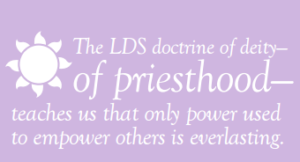
I wrote in OW’s Conversations that the events in the Bible and early Mormonism took place in societies hostile to women’s equality. Yet, there are many examples of women’s empowerment, including their apparent ability to exercise what we recognize now as priestly authority. In the Bible, there are examples of women prophetesses—Miriam (Exodus 15:19- 22), Deborah (Judges 4:4-5), Huldah (2 Kings 22:14-17), Anna (Luke 2:27, 36-38)—and women, during the first century after Christ’s ministry, who were referred to as deaconesses—Priscilla and Phoebe—and apostles—Junia (See Romans 16 NRSV).
According to the Nauvoo Relief Society Minute Book, Joseph Smith gave keys of administration and the promise of priestly authority to members of the Nauvoo Female Relief Society and endowed women with priestly power through temple rituals, which they used to bless each other and administer their organization. After Joseph’s death, Mormon women gradually lost institutional authority, the ability to perform blessings and the vision of themselves as endowed with priestly power, particularly after the priesthood correlation program was implemented in the 20th century.
If Joseph believed God intended full priesthood power, authority, and offices for the women of the Church, his vision was never fully realized. But can it be? Indeed, must it be?










